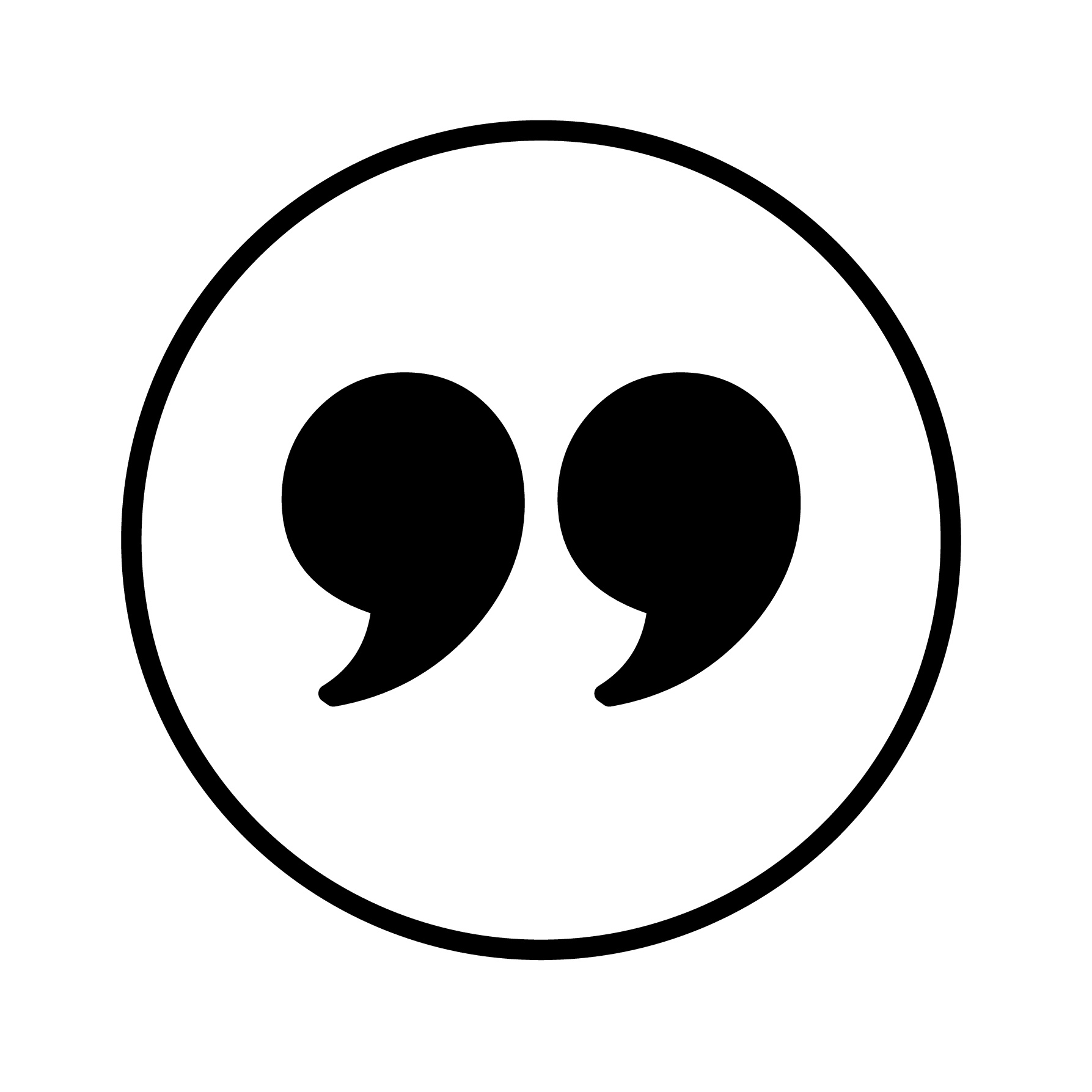Using Sources
Academic Integrity at UMD
What is academic integrity?
As a graduate student, you’ve joined the academic community, where the pursuit of knowledge is a fundamental goal. In this community, one essential value is a commitment to honesty in all academic work.

Code of Academic Integrity
The University of Maryland has a Code of Academic Integrity that reminds all members of our community that CHEATING, FABRICATION, FACILITATING ACADEMIC DISHONESTY, PLAGIARISM and SELF-PLAGIARISM are all acts of academic dishonesty. This code is administered by the Office of Student Conduct.
What is plagiarism?
Plagiarism is presenting the words or ideas of another—from an article, a website, a classmate, etc.—as your own work. This often happens when you fail to cite, or acknowledge, the source of information or words in a written exercise.

Penalties for plagiarism
Plagiarism is a serious academic violation, even if it is done unintentionally. Graduate students found to have committed plagiarism face potential suspension or expulsion from the University. For nonimmigrant student visa holders, that may also mean termination of legal status in the US.
How can I avoid plagiarism?
The short answer is to always provide proper citation for any words, ideas, images, data, etc. that you use from a source in your assignments, projects, or papers. If the idea or the words didn’t come from you, you need a citation!
To prevent plagiarism...
- Start your assignments early and keep track of the sources you consult.
- Ask your instructor about what citation style you should use.
- Never cut and paste from a source into your paper!
- Ask for help! See the resources listed below.
Proper Citation
What is a citation?
A citation is a signal to your readers that the information you are sharing came from another source. In academic writing, we are always building on the ideas of others, so a citation is a way to let your reader know what you are building on and to clearly distinguish your words and ideas from those of your sources. Citation includes both a note in the body of your text and a reference list at the end.

Why do we cite sources?
In the American education system, writers are expected to acknowledge—with a citation—both the words and ideas of others. A citation demonstrates that you have done your research and shows where you did that research, giving credit to your sources and credibility to your work.
What is a "citation style"?
A “citation style” is the format used when you refer to a source. Different disciplines use different citation styles. The most commonly used citation styles are MLA (Modern Language Association), APA (American Psychological Association), Chicago (Chicago Manual of Style), IEEE (Institute of Electrical and Electronics Engineers), and ACS (American Chemical Society).

When to include a citation
You need a citation every time you refer to the ideas of others in your text. That might be when you include an idea you learned from a source, when you summarize what you read elsewhere, or when you directly quote words from a source. Remember that a citation includes both a note in the body of your text and a reference at the end.
If I just change the words...
No, it’s not okay to just change the words of a text! You always have to cite ideas, and you should put those ideas into your own words or quote directly, using quotation marks to indicate that you have done so (but in some disciplines, it’s very uncommon to use direct quotations, so you’ll always want to put ideas into your own words).
Examples of proper citation
Here’s an example of what a correct citation, in APA style, looks like, along with the properly-formatted reference:
A 2015 article in the Harvard Business Review suggests that two considerations, namely confidence in pricing and how a price increase can be retracted later, are key to any decision to raise prices in a time of high demand (Mohammed, 2015).
Mohammed, R. (2015, November 12). What America’s Best BBQ Joint Can Teach You About Pricing. Harvard Business Review. Retrieved from https://hbr.org.
